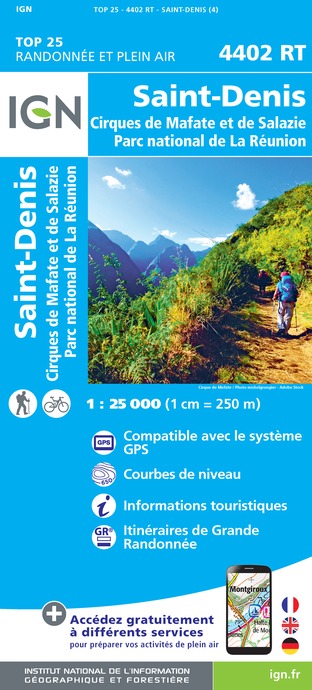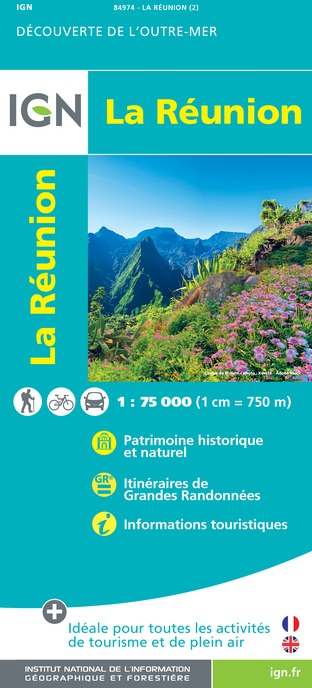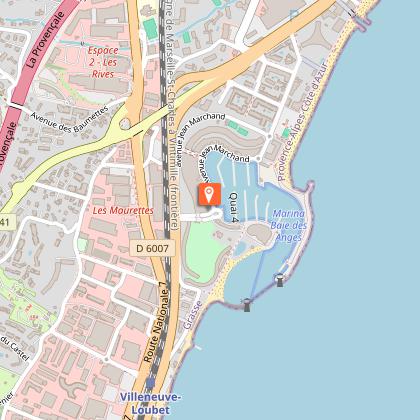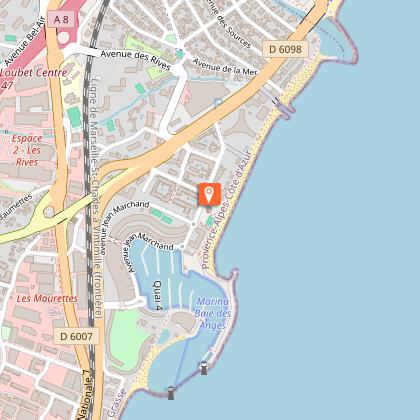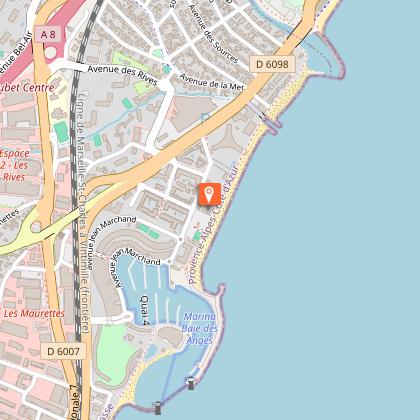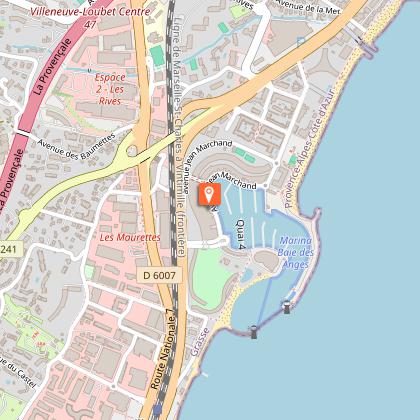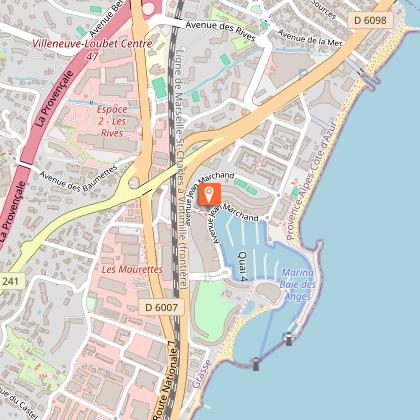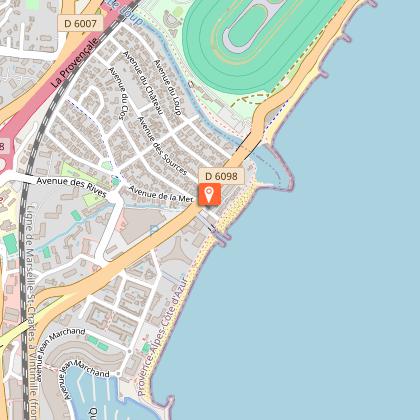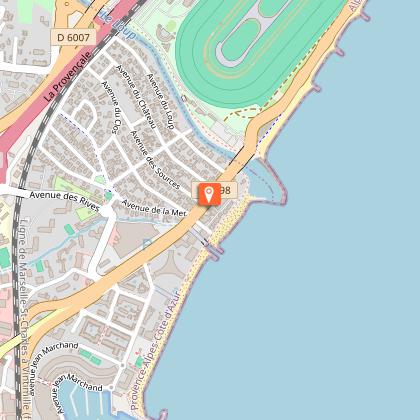Tours
Activities
Places of interest
Where to eat
Where to sleep
Saint-Denis, La Réunion, La Réunion
Are you in charge of the destination?Saint-Denis, the capital of Réunion Island, is a fascinating destination that combines history, culture, and stunning landscapes. Nestled between the Indian Ocean and lush mountains, this vibrant city offers a multitude of attractions. Stroll through the city center to discover well-preserved colonial buildings, colorful markets, and tasty Réunionese cuisine. The Jardin de l'État and the Léon Dier...See more
Walking around Saint-Denis
See more suggestionsHikes for all levels in Saint-Denis.
See more suggestionsWhat to do in Saint-Denis
See more suggestionsFind the best activities in Saint-Denis and book easily online.
See more suggestionsIGN cards
What to visit in Saint-Denis
See more suggestionsAttend events organized in Saint-Denis.
See more suggestionsWhere to eat in Saint-Denis
See more suggestionsDiscover the local flavors of Saint-Denis.
See more suggestionsWhere to sleep in Saint-Denis
See more suggestionsFind a comfortable stay in Saint-Denis.
See more suggestions



















